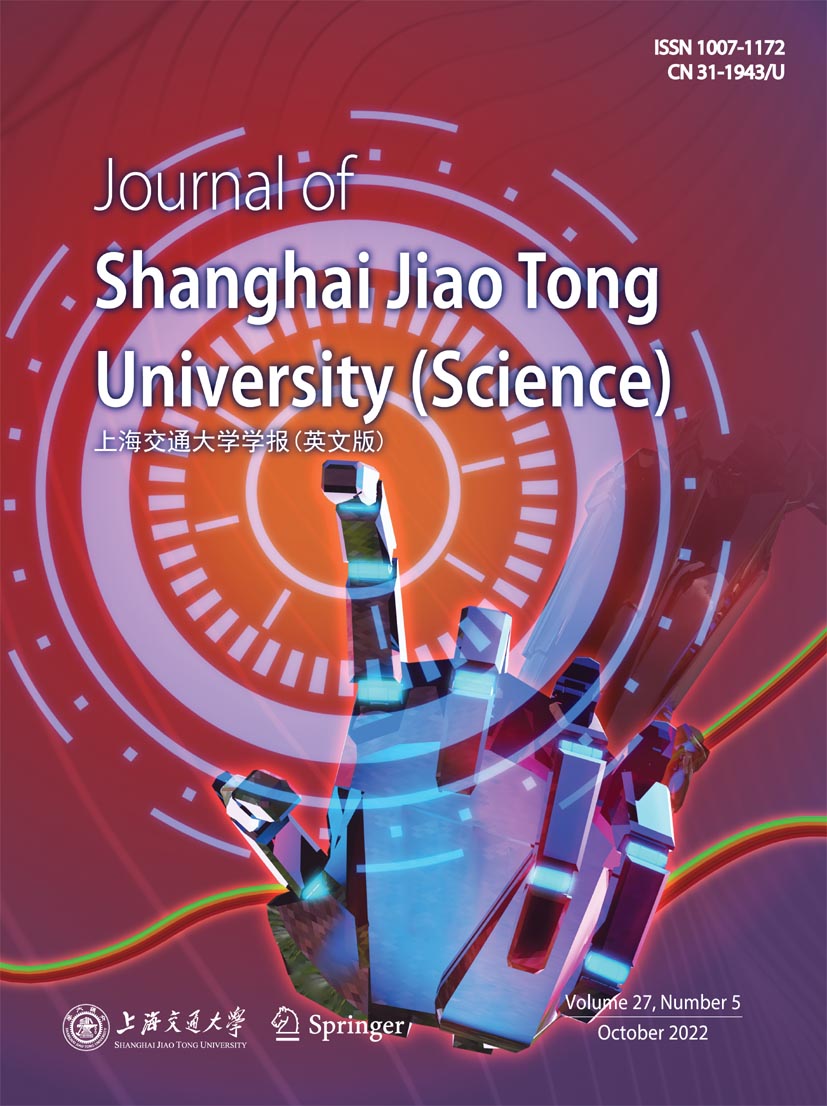|
|
Generation Approach of Human-Robot Cooperative Assembly Strategy Based on Transfer Learning
LÜ Qibing (吕其兵), LIU Tianyuan (刘天元), ZHANG Rong (张荣), JIANG Yanan (江亚南), XIAO Lei (肖雷), BAO Jingsong∗ (鲍劲松)
2022, 27 (5):
602-613.
doi: 10.1007/s12204-022-2493-7
In current small batch and customized production mode, the products change rapidly and the personal
demand increases sharply. Human-robot cooperation combining the advantages of human and robot is an effective
way to solve the complex assembly. However, the poor reusability of historical assembly knowledge reduces the
adaptability of assembly system to different tasks. For cross-domain strategy transfer, we propose a human-robot
cooperative assembly (HRCA) framework which consists of three main modules: expression of HRCA strategy,
transferring of HRCA strategy, and adaptive planning of motion path. Based on the analysis of subject capability
and component properties, the HRCA strategy suitable for specific tasks is designed. Then the reinforcement
learning is established to optimize the parameters of target encoder for feature extraction. After classification and
segmentation, the actor-critic model is built to realize the adaptive path planning with progressive neural network.
Finally, the proposed framework is verified to adapt to the multi-variety environment, for example, power lithium
batteries.
References |
Related Articles |
Metrics
|

